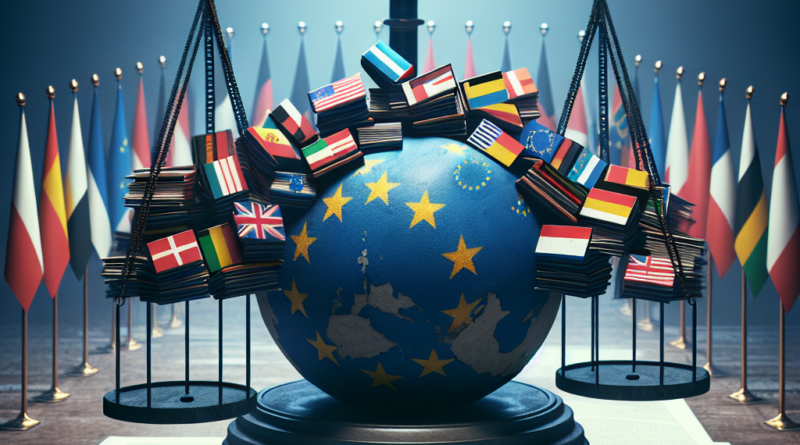EU Funds Projects Twice, Alleges European Court of Auditors
A Double Funding Dilemma in the EU
In an era where the European Union (EU) promotes financial austerity and transparency, a paradox has emerged: the EU might be at risk of financing the same projects multiple times.
This contradiction, if not swiftly addressed, could seriously undermine the credibility of EU institutions in the eyes of citizens.
A recent report by the European Court of Auditors has raised an alarming concern regarding “double funding,” which threatens to waste public funds.
This issue is not confined to a single country but spans various nations, including Austria, leading to costly and inefficient overlaps.
Let’s delve deeper into this pressing problem.
What is Double Funding?
To understand this dilemma, it is crucial to clarify what is meant by “double funding.” Simply put, double funding occurs when a project or initiative receives financial support from two or more EU funds for identical costs.
For example, consider a country building a new railway line that applies for funds from Brussels.
If the same project is also included in another funding request from a different EU program, it could receive duplicate funding unnecessarily, wasting taxpayer money that could be allocated elsewhere.
An Austrian Case Study
The report highlights a specific instance in Austria regarding the Koralm railway line, part of a broader plan for regional railway electrification.
This project has secured funding from both the Recovery and Resilience Facility and the Connecting Europe Facility.
The Court criticized the inadequate controls currently in place that fail to prevent the same costs from being reported and funded by both programs.
The risk of double funding particularly escalated with the introduction of the massive €648 billion pandemic recovery fund, designed to assist member states in economic recovery.
Unlike other programs, this fund does not require detailed justification of expenses but rather focuses on achieving predetermined results, making it easier to have overlapping funding situations.
Insufficient Control Systems
The European Court of Auditors pointed out that existing control systems are inadequate for addressing the scale of this issue.
The controls rely primarily on self-reported statements from beneficiaries, with manual verifications that do not allow comprehensive oversight.
This system significantly increases the risk of undetected double funding cases.
Additionally, the complexity of administrative processes across EU countries complicates the effective coordination and monitoring of fund management.
The Paradox of “Zero-Cost” Measures
Another critical issue raised in the report is the so-called “zero-cost” measures.
These are initiatives expected to incur no direct costs, like introducing new legislation.
The European Commission considers these low-risk.
However, the Court emphasizes that some of these initiatives may still lead to undocumented expenses, generating unexpected costs despite being categorized as cost-free.
Recommendations and Responses
To tackle the issue of double funding, the Court of Auditors proposed various recommendations, including the development of interoperable IT systems across funding programs to cross-check data and identify overlaps.
Furthermore, it calls for enhanced coordination among EU funds and stricter control measures.
While the European Commission claims that existing controls are robust, the Court remains skeptical, arguing that current tools do not ensure full transparency and correctness in fund allocation.
The fragmentation of funds and administrative complexities create a genuine risk of double funding.
If these gaps are not swiftly addressed, the unfortunate reality of the EU squandering public resources could occur, potentially harming both the economy and the EU’s overall image.

